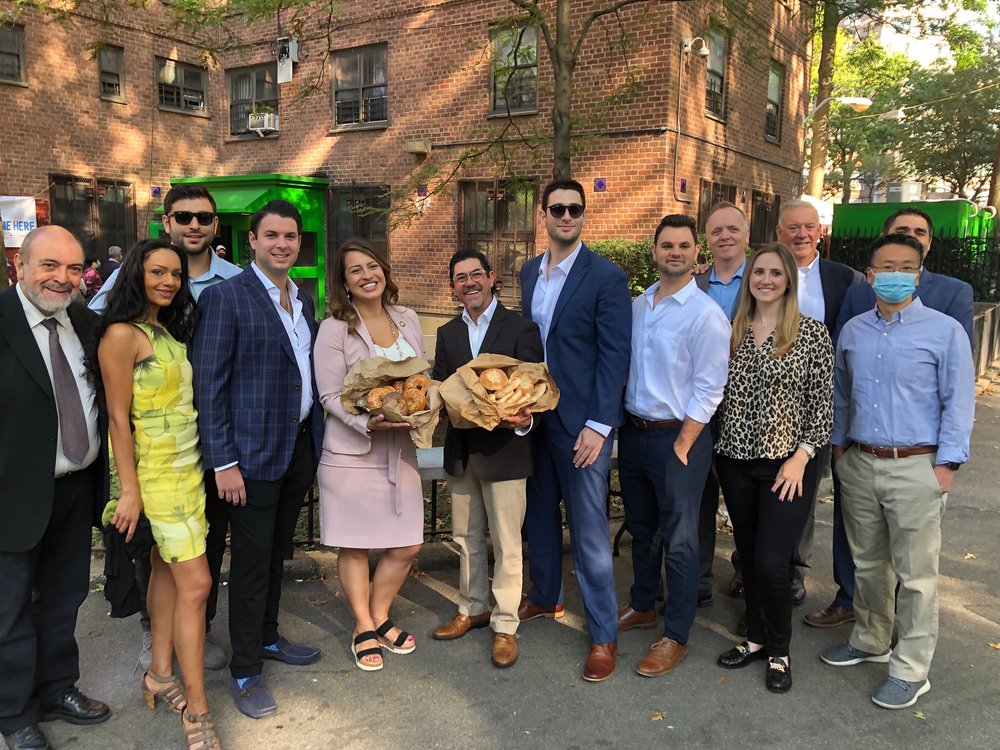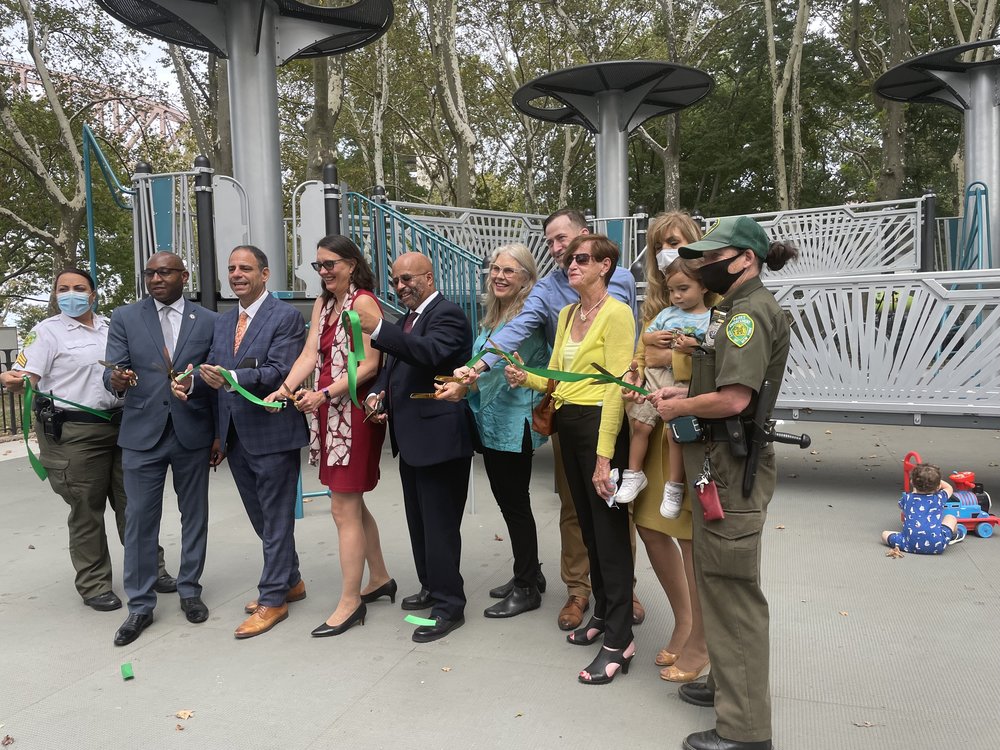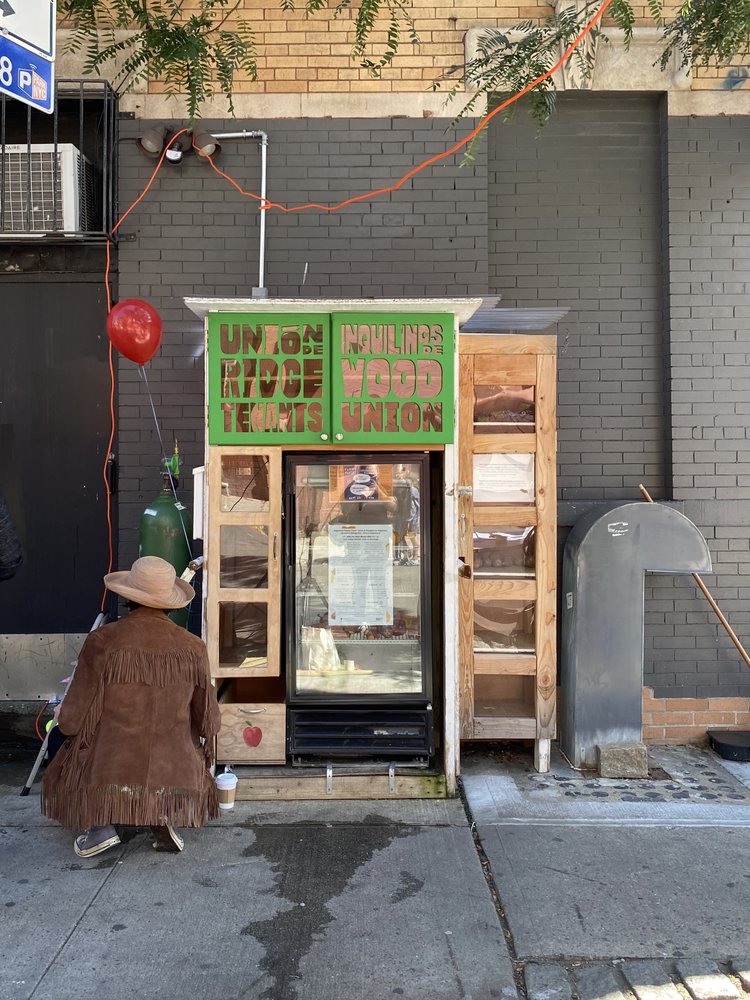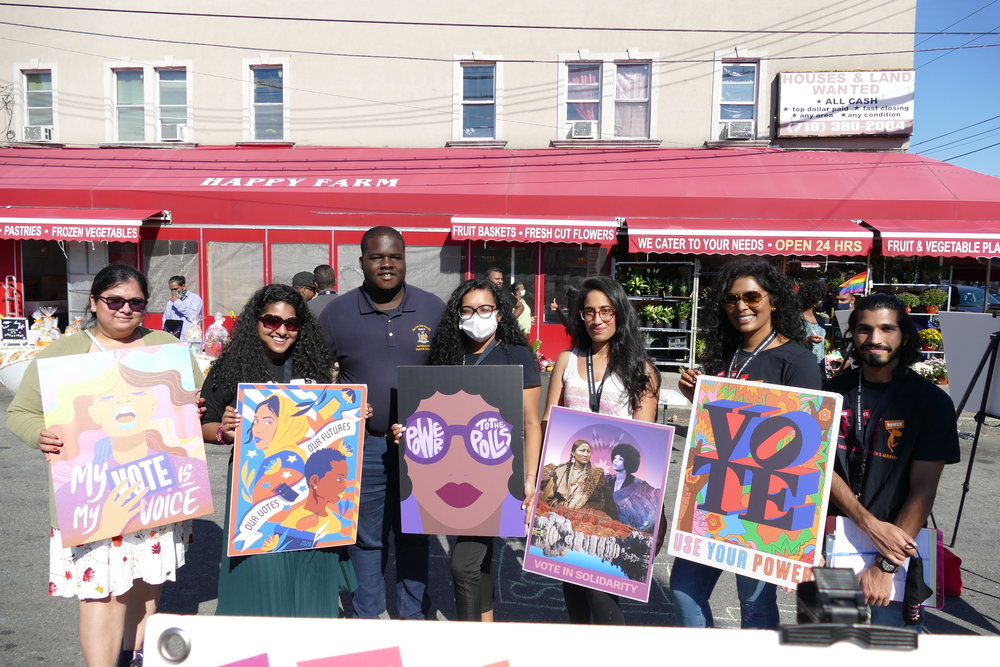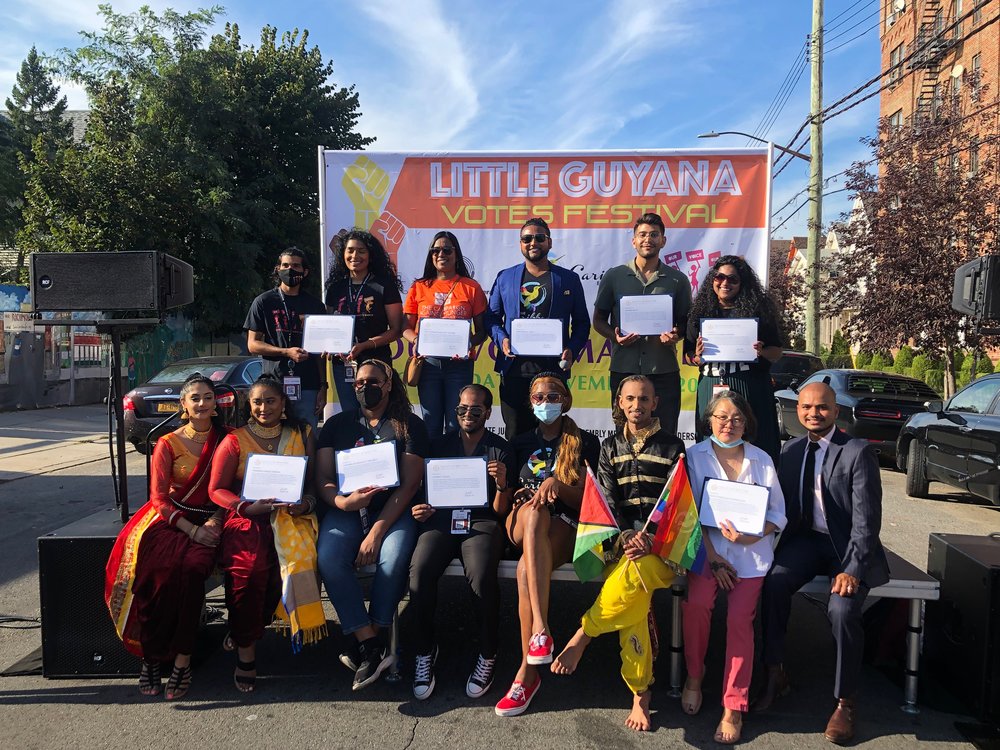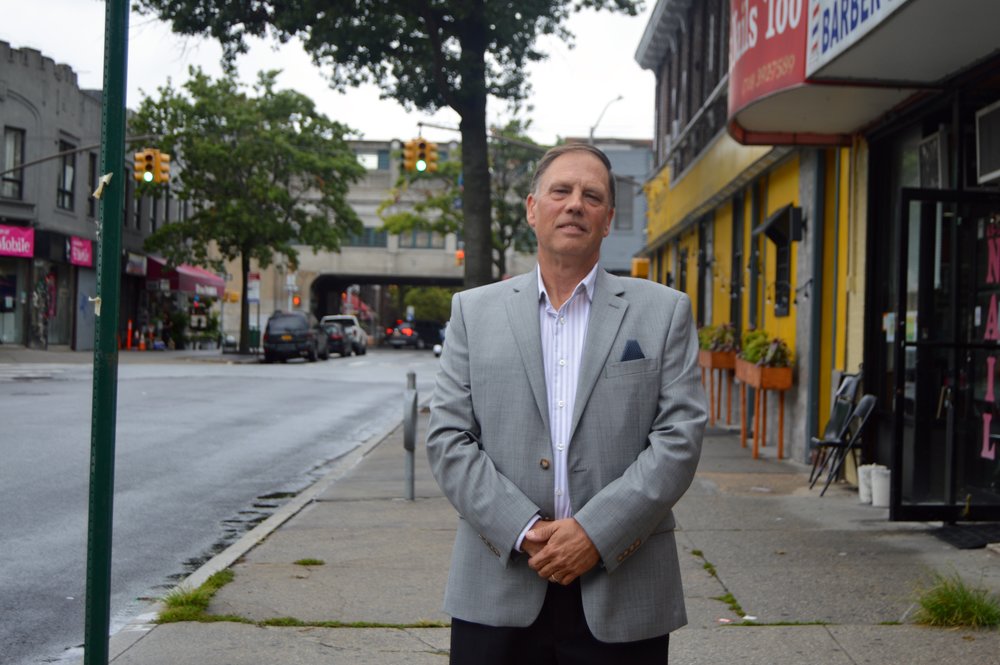10,000 bagels donated to La Jornada Food Pantry
A donation of 10,000 bagels arrived at La Jornada Food Pantry on Monday morning, courtesy of Bagels by Bell, REIL Capital and the Queens Chamber of Commerce.
At its peak during the pandemic, La Jornada Food Pantry, located in the Bland Houses Community Center in Flushing, served upwards of 10,000 families a week, about ten times the need than before the pandemic started.
The donation of bagels and bialys was welcomed by Pedro Rodriguez, executive director of La Jornada. The food pantry has been serving the Flushing community and fighting food insecurity for 13 years, and more recently serving the thousands of families who have been impacted by both the pandemic and extreme weather.
“It’s scary,” said Rodriguez. “In the richest city in the world, the richest country in the world, people may have died of hunger.”
Public officials celebrated the donation of bagels that will be distributed out by La Jornada, while speaking to the hardships seen by the business community and the food pantry over the last year and a half.
In addition to being located in the epicenter of the pandemic, La Jornada suffered damage from Hurricane Ida earlier this month when its ground-level pantry was flooded with two feet of water.
“We have seen the inequities that families in Queens face and how our constituents have been detrimentally affected,” said Congresswoman Grace Meng. “Our families here in Queens have gone through so much. It really means a lot that we have other small businesses in the private sector looking in and stepping up to help our community.”
Assemblywoman Catalina Cruz praised partnership between the chamber, Bagels by Bell of Oceanside, and Manhattan-based REIL Capitol.
“We would not be able to do this if it wasn’t for everyone working together,” said Cruz. “Governing should be something that is done cooperatively.”
After touring the community room, Cruz lent some hope to a community that has seen small businesses and residents suffer due to the pandemic.
“Our beloved neighborhood saw thousands of people get sick and die, thousands of businesses closed and many didn’t reopen,” she said. “Unfortunately, many will probably close before the end of the year
“It’s disheartening, because sometimes you feel like no matter how much you do, it’s never going to help,” she added. “But I’m here to tell you that you can help.”


